Species Photo Gallery for Telamona tristis No Common Name 10 |
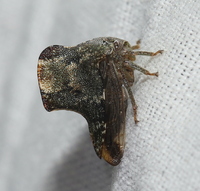 | Photo by: David George, Tracy Feldman, Jeff Niznik, Rich Teper, Becky Watkins, Patri
Wake Co.
Comment: forested slopes near artificial lake; good mix of native trees, including oak, hickory, Carpinus and beech |  | Photo by: David George, Tracy Feldman, Jeff Niznik, Rich Teper, Becky Watkins, Patri
Wake Co.
Comment: forested slopes near artificial lake; good mix of native trees, including oak, hickory, Carpinus and beech |
 | Photo by: Scott Bolick
Montgomery Co.
Comment: | 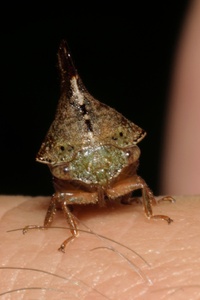 | Photo by: Scott Bolick
Montgomery Co.
Comment: |
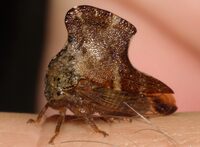 | Photo by: Scott Bolick
Montgomery Co.
Comment: | 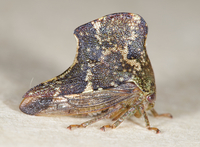 | Photo by: Jim Petranka
Madison Co.
Comment: total length ca. 9.5 mm. |
 | Photo by: Jim Petranka
Madison Co.
Comment: total length ca. 9.5 mm. | 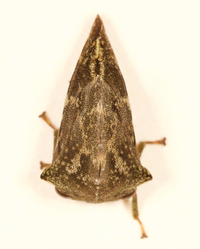 | Photo by: Jim Petranka
Madison Co.
Comment: total length ca. 9.5 mm. |
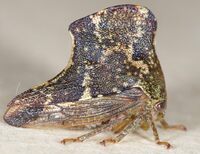 | Photo by: Jim Petranka
Madison Co.
Comment: total length ca. 9.5 mm.; first record for NC, ID supported by M. Wallace |  | Photo by: Jim Petranka
Madison Co.
Comment: total length ca. 9.5 mm.; first record for NC, ID supported by M. Wallace |
|

 »
»

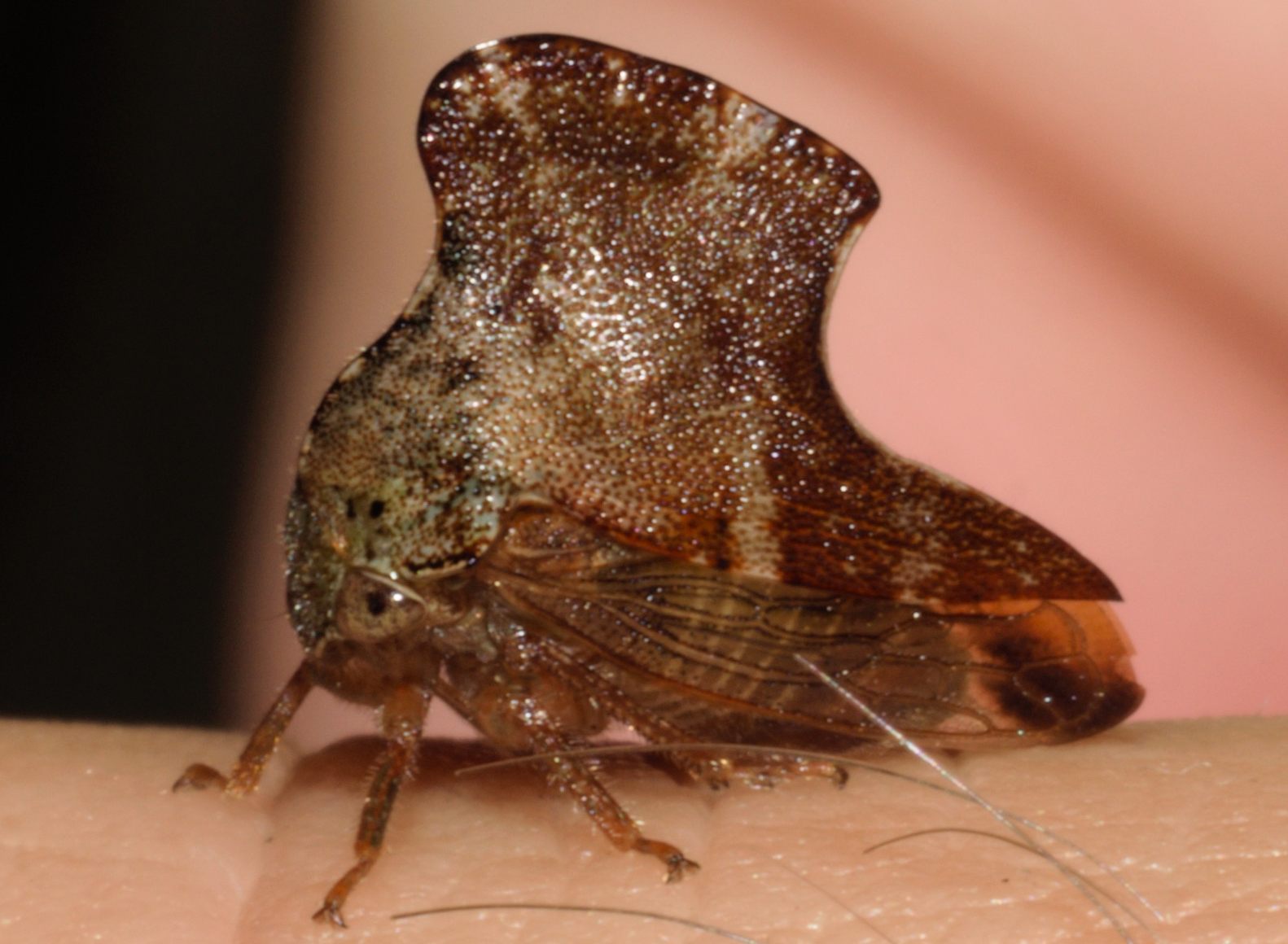
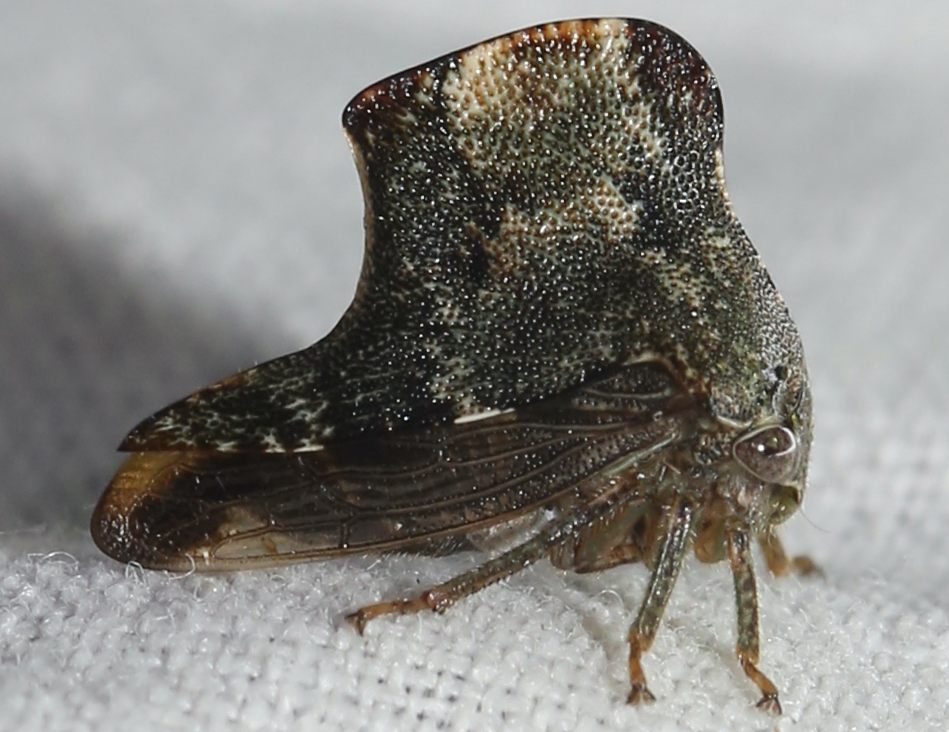

 »
»


